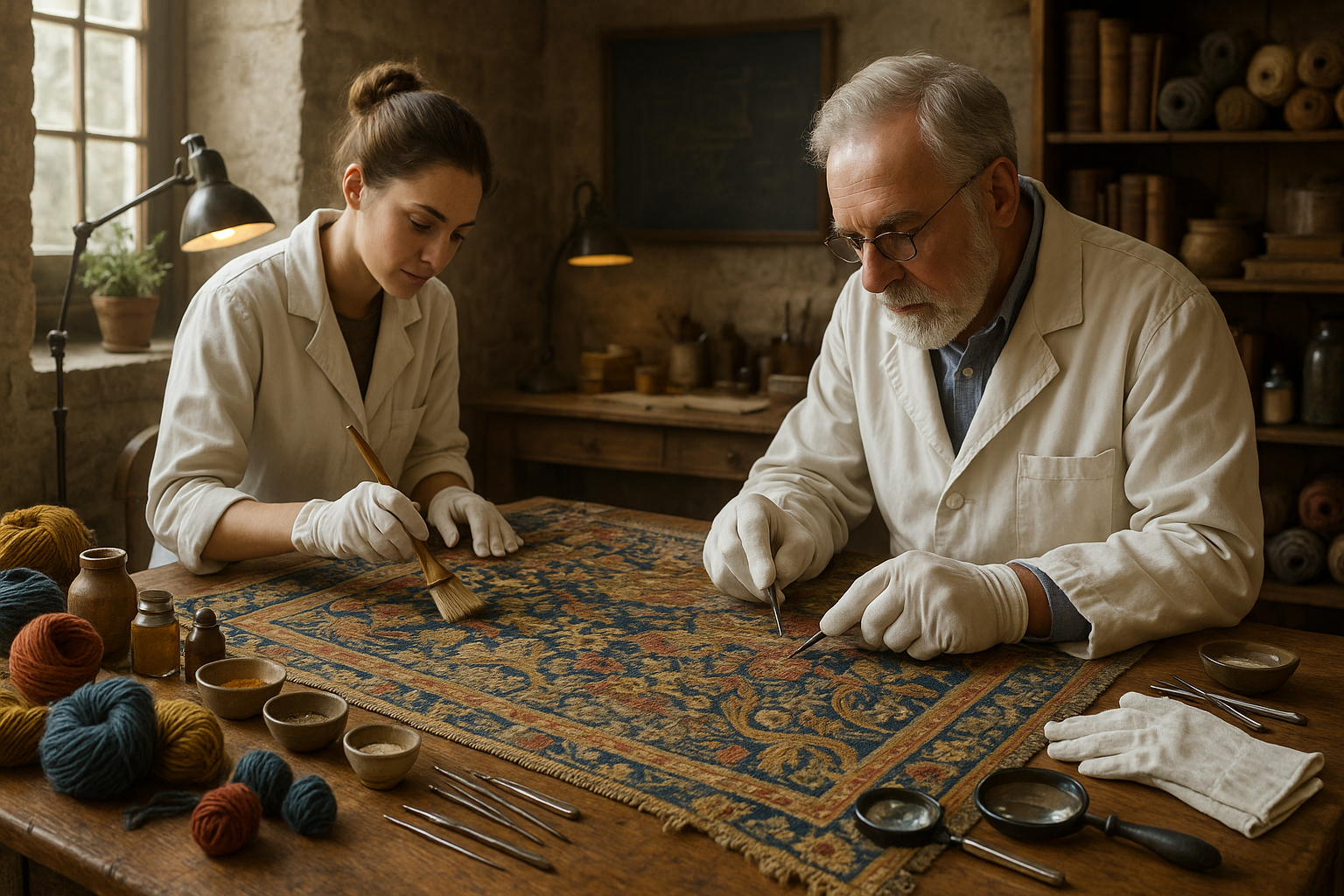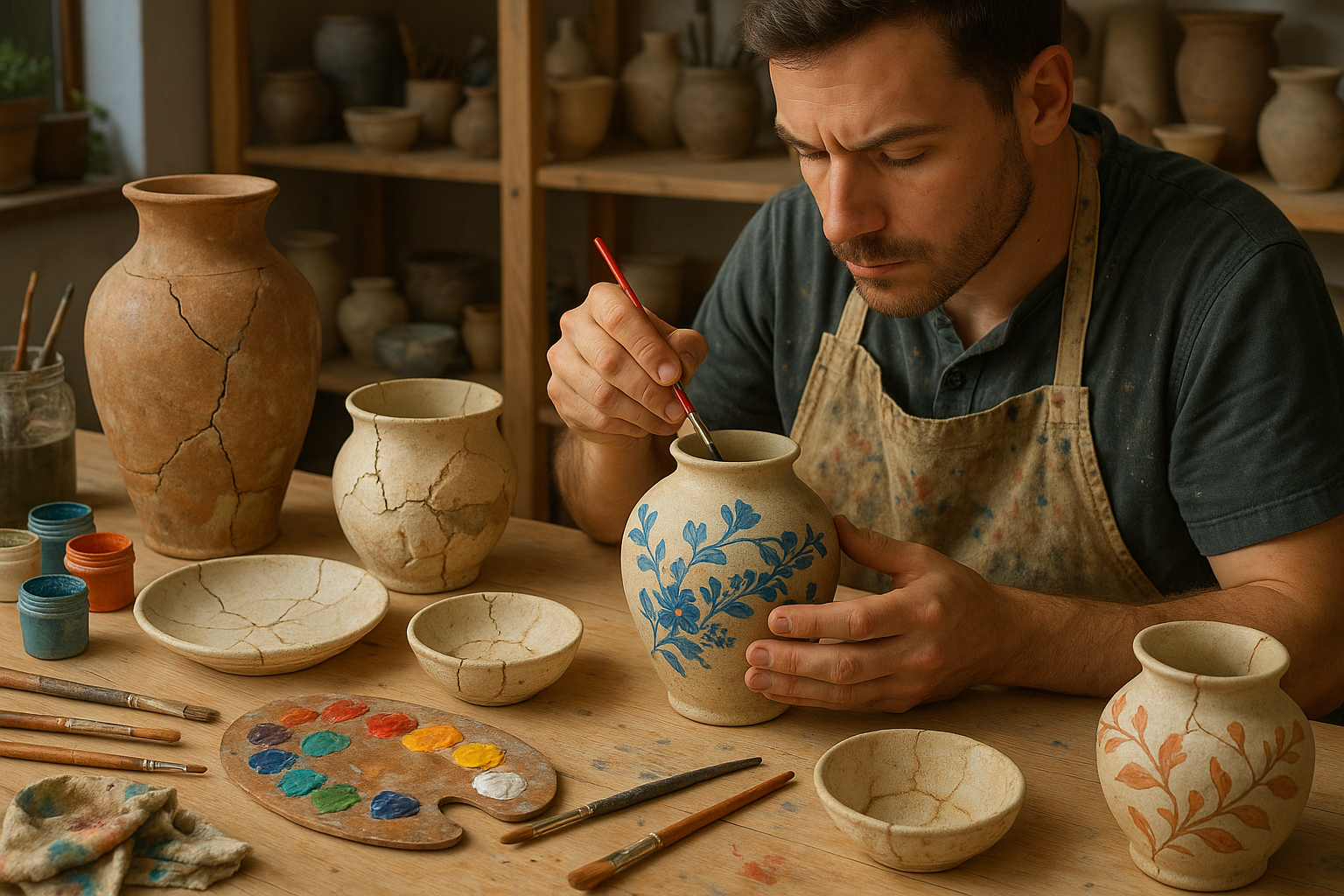In a world increasingly dominated by digital and disposable culture, there is something profoundly captivating about reconnecting with the tactile beauty of ancient crafts. Wool tapestries, with their intricate designs and vibrant colors, serve as a testament to human creativity and craftsmanship through the ages. These woven masterpieces have adorned the walls of castles, homes, and sacred spaces, telling stories and capturing the imaginations of generations.
Yet, as these tapestries age, they face the inevitable challenges brought by time. Dust, dirt, and environmental factors can dull their colors and weaken their fibers, posing significant risks to their longevity. This brings us to the fascinating world of wool tapestry cleaning and preservation. 🌿 This art form not only requires a meticulous understanding of textile science but also a deep appreciation for the cultural and historical significance embedded in each piece.
Why should we care about preserving wool tapestries? The answer lies in their dual nature as both art and artifact. Each tapestry is a canvas that captures the aesthetic sensibilities of its era, reflecting social, political, and cultural narratives. They are silent witnesses to history, providing insight into the lives and values of those who came before us. By preserving these works, we maintain a tangible connection to our past, enriching our present and inspiring our future.
In this article, we will delve into the intricate process of cleaning wool tapestries. We will explore the essential techniques and materials used by experts in the field to restore these works to their former glory. Whether it’s understanding the science of fiber deterioration or selecting the right cleaning agents, every step is crucial in ensuring the preservation of these delicate textiles. 🧵
Furthermore, we will discuss the broader topic of tapestry preservation. This includes not only cleaning but also repairing damage and implementing preventative measures to safeguard against future deterioration. From proper storage conditions to handling guidelines, preservation is a comprehensive endeavor that demands both knowledge and passion.
Another key aspect of our discussion will be the role of technology in modern tapestry conservation. Advances in textile analysis and digital imaging have transformed how conservators approach their work. These tools allow for more precise assessments and interventions, enhancing the ability to preserve these artifacts for generations to come. 📱
We will also highlight inspiring case studies that showcase successful tapestry restoration projects from around the world. These stories not only illustrate the challenges and triumphs of conservation efforts but also highlight the collaboration between historians, scientists, and artisans in this field.
As we navigate through the art of wool tapestry cleaning and preservation, our aim is to shed light on the intricacies involved in maintaining these historical treasures. We hope to inspire a deeper appreciation for the skill and dedication required to care for these timeless works of art.
So, whether you’re a textile enthusiast, a history buff, or simply someone who appreciates the beauty of handmade art, join us on this journey through the fascinating world of wool tapestry conservation. Together, we’ll explore how reviving ancient elegance not only honors the past but also enriches our cultural heritage. 🌟

Conclusion: Reviving Ancient Elegance
The journey into the art of wool tapestry cleaning and preservation unveils a tapestry of its own — woven with threads of history, craftsmanship, and meticulous care. Throughout this exploration, we’ve delved into the multifaceted process of maintaining these delicate artifacts, highlighting their cultural and historical significance. 🏛️
We began by understanding the rich history and significance of wool tapestries, which have adorned walls and told stories through centuries. The art and technique behind their creation are as intricate as the tales they depict, making preservation all the more essential.
Our discussion then transitioned into the scientific and technical aspects of tapestry conservation. From gentle cleaning methods to the prevention of environmental damage, each step is crucial in ensuring these masterpieces endure the test of time. The application of modern technology alongside traditional techniques offers a robust framework for conservators.
Furthermore, we touched upon the ethical considerations that guide this practice. Preserving tapestries is not just about maintaining their physical form but also respecting their cultural integrity and the intentions of their original creators.
In today’s world, where sustainability and cultural heritage are more important than ever, the conservation of wool tapestries stands as a testament to our dedication to preserving history. 🌍 These efforts ensure that future generations can appreciate the beauty and stories encapsulated within these fibers.
As we wrap up, it’s essential to reflect on the broader implications of this work. Preserving wool tapestries is a reminder of our collective responsibility to maintain the cultural artifacts that connect us to our past and inspire our future. We encourage you, dear reader, to engage with this topic — whether by commenting below, sharing this knowledge with others, or considering how you might contribute to the preservation of cultural heritage in your own community.
Let’s keep the conversation going! 💬 Share your thoughts or experiences in tapestry conservation, and let’s inspire more people to value and protect the timeless elegance of these artworks.
Thank you for joining us on this journey through the art of wool tapestry cleaning and preservation. Your interest helps keep the legacy alive. If you wish to delve deeper into this topic, consider exploring resources from reputable organizations such as the International Centre for the Study of the Preservation and Restoration of Cultural Property (ICCROM) or the Getty Conservation Institute.
Together, let’s cherish and preserve the beauty of the past for the future. 🌟
This conclusion recaps the article’s key points, emphasizes the importance of the subject, and encourages reader interaction, using emojis to enhance engagement strategically.




